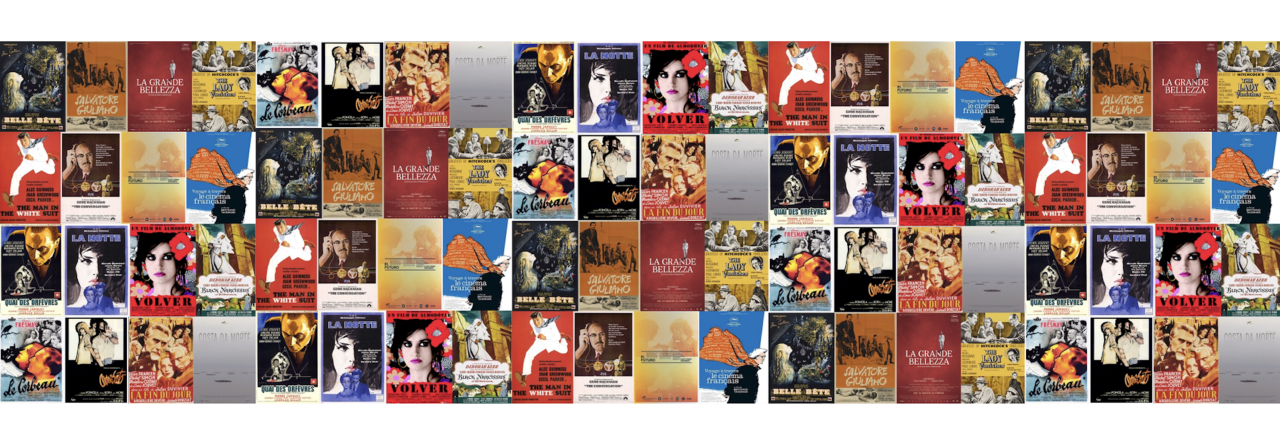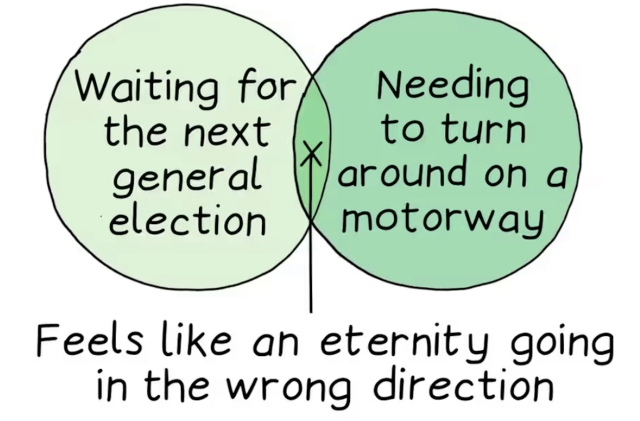
Author: Rebecca
2023 Viewing, Part 4
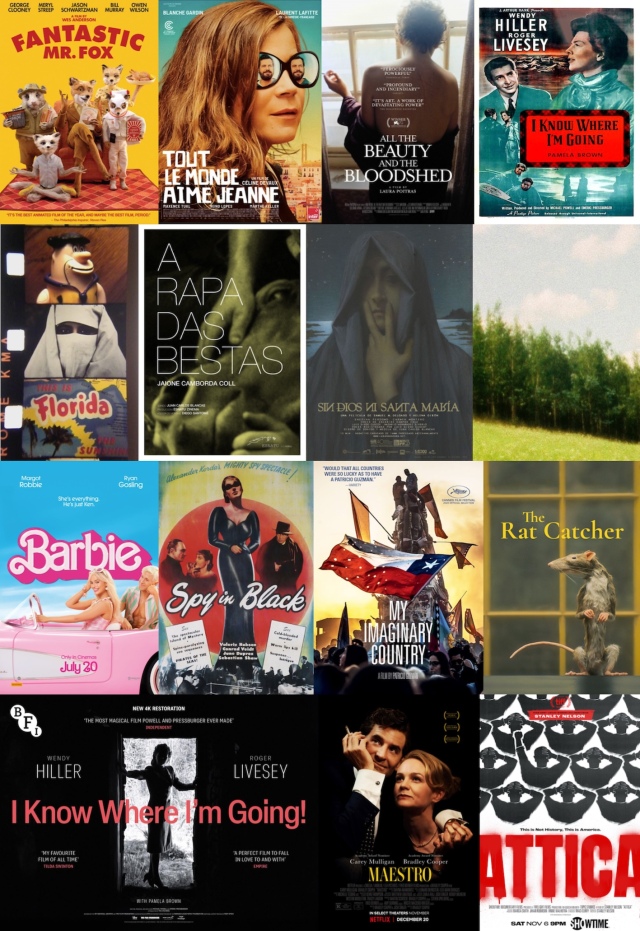
My last viewing update was towards the end of July, so I thought I’d better get on with posting this one before the year ends.
Rapture on celluloid: Glimmers of light and other divergences in Spanish cinema
Arrebato en celuloide. Destellos de luz y otras divergencias del cine español from Instituto Cervantes on Vimeo.
During November, on its Vimeo channel, the Instituto Cervantes has a programme of Spanish films titled Arrebato en celuloide. Destellos de luz y otras divergencias del cine español / Rapture on celluloid: Glimmers of light and other divergences in Spanish cinema. Programmed by Ángel Rueda, director of the (S8) Mostra Internacional de Cinema Periférico in A Coruña (which focuses on experimental films and always seems to have an interesting line-up), the season takes “an eclectic tour of the different expressions with which the traditional 16 mm and Super 8 formats have taken shape in Spain’s cinematographic panorama in recent years. […] The programme will also reveal the sensory relationship that analogue film brings to these filmmakers’ productions. It is a tactile, light-sensitive medium that gives an intimate view, amplifying the themes they deal with in their films” (text taken from (S8)’s email newsletter). Each of the films will be available for free for 48 hours from 8pm (GMT+1) on the dates indicated – audio in Spanish with subtitles in Spanish, French, English, Italian, and Portuguese.
The films included are (the links currently require a password to access):
- 7th Nov: «Super 8» (1996), dir. David Domingo
- 10th Nov: «A rapa das bestas» (2017), dir. Jaione Camborda
- 14th Nov: «Sin Dios ni Santa María» (2015), dir. Helena Girón & Samuel Delgado
- 17th Nov: «Descartes» (2021), dir. Concha Barquero & Alejandro Alvarado
- 21st Nov: «Toxos e flores» (2016), dir. Lucía Vilela
- 24th Nov: «Devociones» (2023), dir. Ángel Montero & María Serna
- 28th Nov: «Ningún río me protexe de min» (2021), dir. Carla Andrade
- 1st Dec: «La tarara» (2021), dir. Álvaro Feldman
The only one I’ve seen previously is Sin Dios ni Santa María (which I reviewed back in 2015 – recommended).
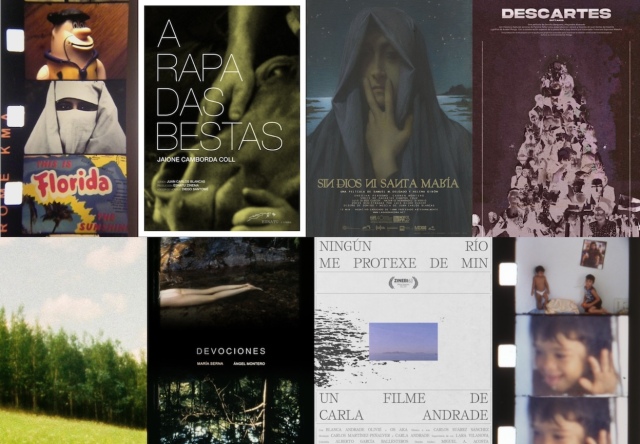
Un impulso colectivo: the podcast
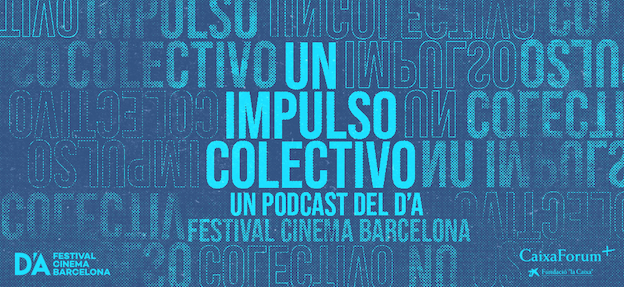
‘Un impulso colectivo’ [a collective impulse] is a regular section of Barcelona’s D’A Festival, and takes its name from a September 2013 article by programmer/critic Carlos Losilla in the magazine Caimán cuadernos de cine (he programmed the films in the section’s first iteration in 2014, and I believe has been responsible for doing so in the ten years since as well). In the previous version of this blog, I started off on the trail of el otro cine español (that link is the tag for related pieces on this site) but quickly found it to be a nebulous term that included such an array of filmmakers (for example, Caimán‘s list of 52 directors of ‘nuevo/otro cine español’) that it was difficult to know where to begin. I ended up starting a mini-project focussed on the films that appeared in the first edition of ‘Un impulso colectivo’ because I realised that it had been programmed so as to give an overview of the cinema being made on the margins/periphery in Spain. I wrote a summary of what I found in that initial collection of films, and then I went to the D’A Festival in 2015 (the various pieces/interviews I wrote about the films on that trip are collected on the old blog) because I realised that if I wanted to see films that pertained to this collective impulse, I needed to travel.
25% off BFI Books
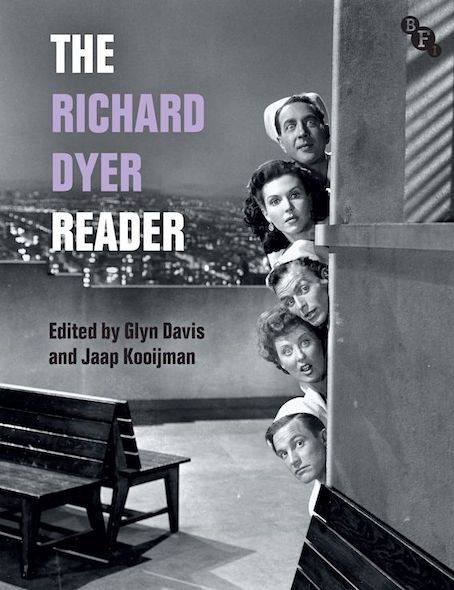
Bloomsbury, publisher of the BFI’s books (including the indispensable BFI Film Classics series), currently have a sale on their site – you can get 25% off using the code BTU23UK (most of the books already have a discount if purchased via the publisher’s website, but that code takes the full discount off at the check-out). Given the price of film books, I thought I’d pass that on.
I have purchased the above book, which is quite the tome, and I’m looking forward to dipping into old and new pieces by one of my favourite film writers. I’m now going to go back and see whether the code works on pre-orders, as I’d like Pamela Hutchinson’s forthcoming book on The Red Shoes. [Update: it doesn’t work on pre-orders, but the discount lasts until 8th October and the book is published on the 5th…so I will return!].
2023 Viewing, Part 3
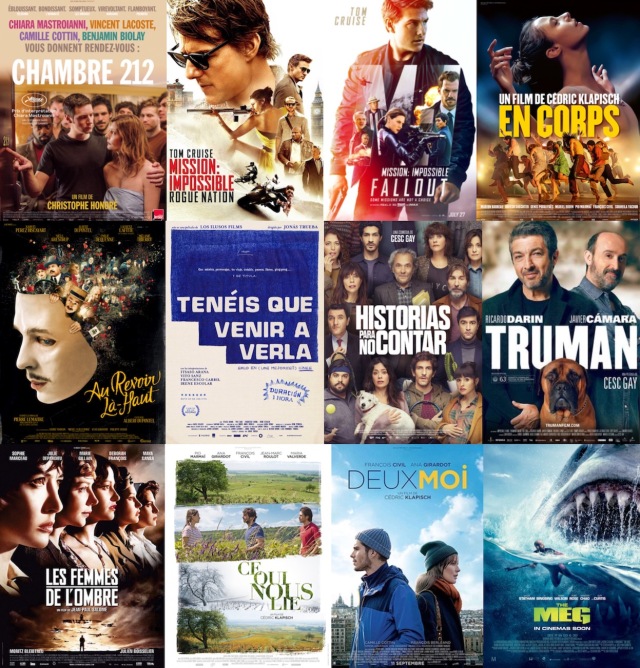
In which I go off-piste (no Tavernier-related viewing, no Ménochet, no Sorogoyen) and lose momentum.
2023 Viewing, Part 2
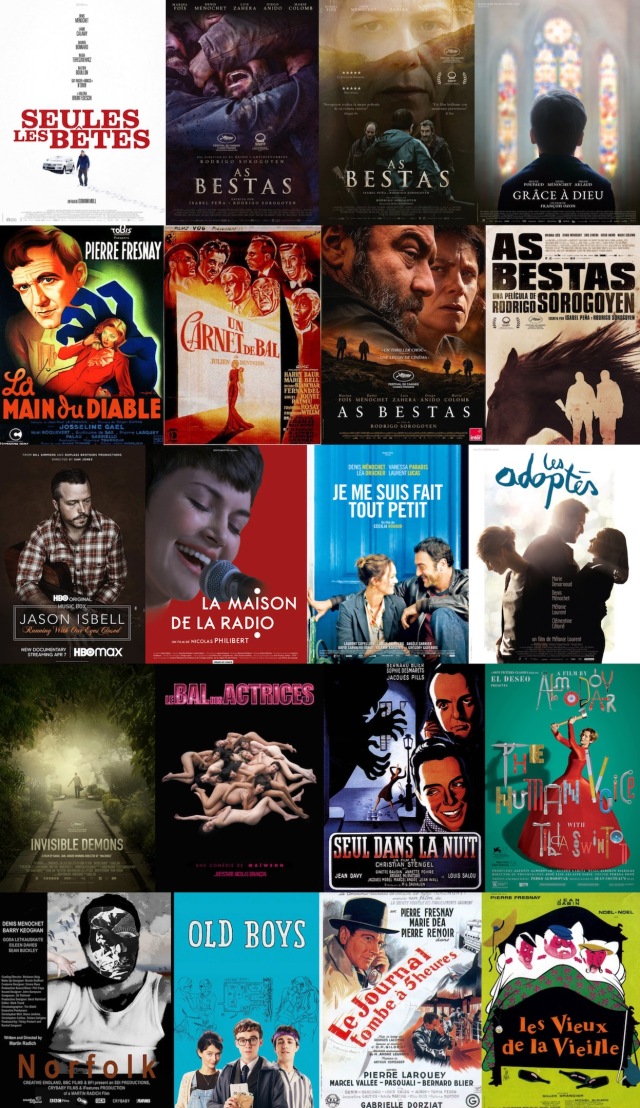
Truth be told, I did not expect to be posting my next viewing update so soon, but I’ve picked up speed and have ended up watching as many films in the past four weeks as I had watched in the previous three months. This spate of viewing productivity is mainly due to taking two weeks of annual leave and having had two bank holiday weekends, so it’s highly unlikely that I’ll keep this pace up for the rest of the year. You’ll see from the image above that I’ve continued my Tavernier mission and made further progress down the Denis Ménochet rabbit hole. I’ve actually reached my 2023 target of 40 films watched! That’s the difference that igniting curiosity and enthusiasm can make – long live rabbit holes!
2023 Viewing, Part 1
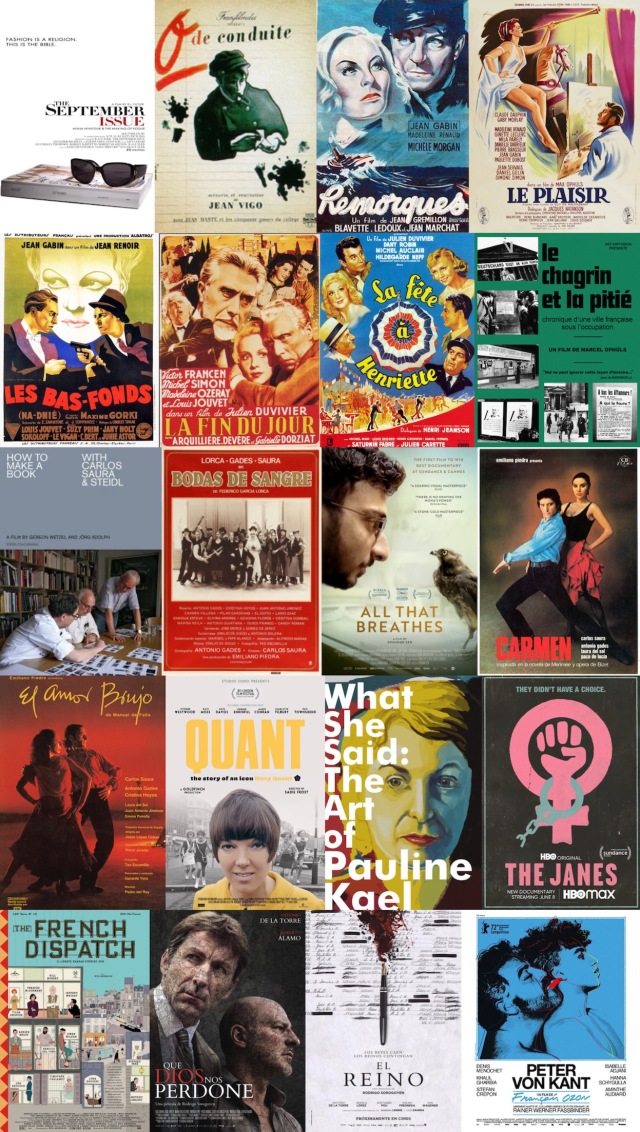
I said in my end-of-year post that I wasn’t sure I’d post anything about what I’ve been watching during the year, but I’ve decided that posting occasionally will allow me to take note of observations while they’re reasonably fresh in my mind, and also hold me accountable to my intention of increasing my viewing habits.
Viewing got off to slow start, but picked up when I settled back in to following in Tavernier’s footsteps once more. I then side-stepped into some Carlos Saura, discovered that Sky Documentaries shows recent titles, and started down a Denis Ménochet rabbit hole (in an admittedly oblique manner for the most part so far).
Carlos Saura (1932-2023)
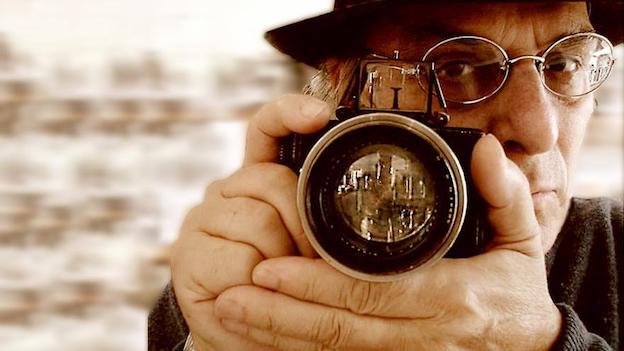
I’ve currently got Covid, so I’m not feeling up to writing anything at the moment, but at some point I will circle back to the Carlos Saura Challenge, to at least pull together some thoughts about the career of someone whose work I’ve returned to repeatedly during the lifetime of this blog (and my previous one).
Those unfamiliar with his passion for photography can find some information in this article, or in the short documentary about turning his work from the 1950s into a book [trailer below].
CARLOS SAURA – PHOTOGRAPHER, JOURNEY OF A BOOK (Official Trailer) from MAGNETFILM on Vimeo.
My 2022: Commencer un voyage à travers le cinéma français

Viewing:
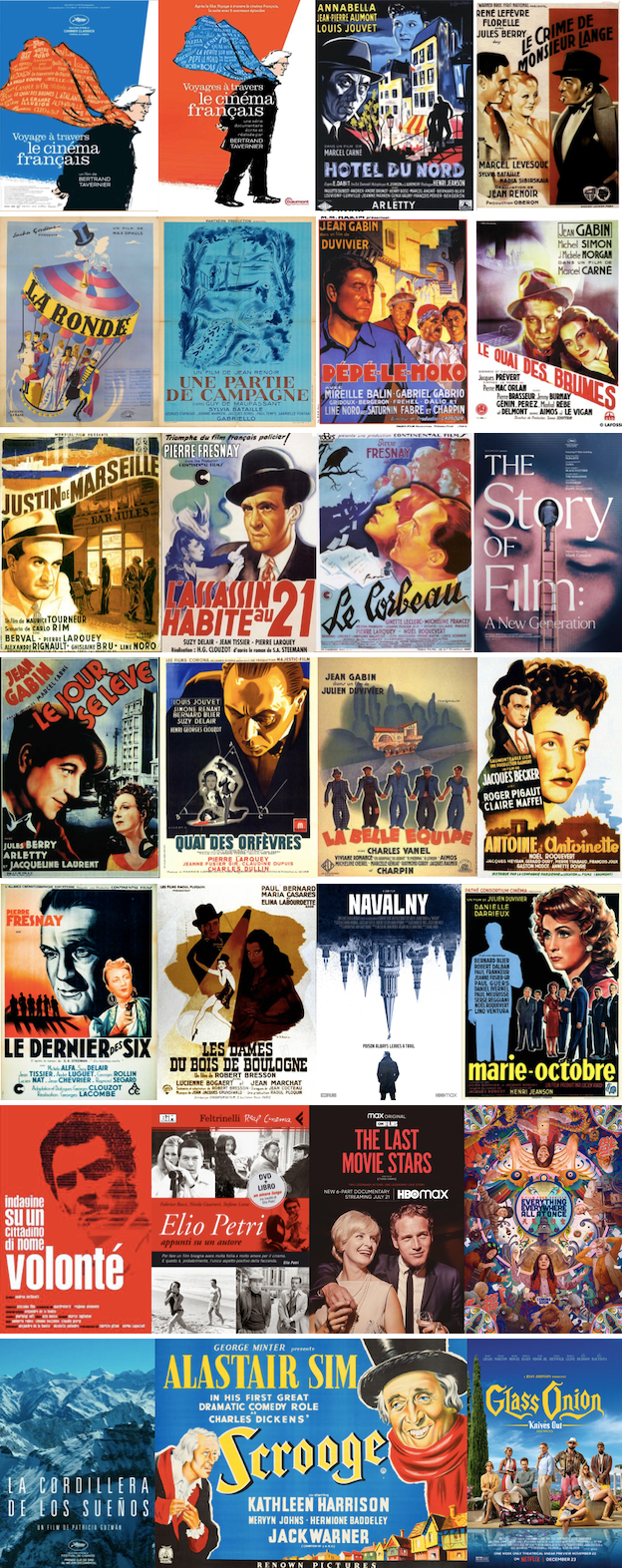
At the end of last year, after a dismal viewing record, I set myself the target of watching at least twenty-five films – and I made it (just)! All but the last seven were watched before Easter, so I still haven’t managed to get into a routine of watching films regularly. This is partly because I spend more time outside when the weather and light allows, but also because reading is still my dominant method of relaxation. I don’t see any need to “rectify” the latter, but I would like to try to sustain my engagement with films throughout the year.
As planned, I took Bertrand Tavernier’s documentary film and TV series on French cinema as an inspiration for kickstarting my viewing habits, and started by re-watching the two in order to refresh both my memory and my enthusiasm. Apart from La Ronde (Max Ophüls, 1950), they were all first time views. I had said that I would aim to watch at least half a dozen of the films he featured, but you’ll see from the image above that I trebled that tally and they make up the bulk of the films I’ve watched in the past twelve months. And I’ve only scratched the surface…I have at least as many again on my shelves waiting to be watched – I’m intending to continue with my own journey through French cinema in 2023.
Apart from French cinema, it has mainly been documentaries with a couple of diversions into recent features, namely Everything Everywhere All At Once (the Daniels, 2022) and Glass Onion (Rian Johnson, 2022), both of which I thoroughly enjoyed. But I think my top three for the year were: Le corbeau (Henri-Georges Clouzot, 1943), Quai de Orfévres (Henri-Georges Clouzot, 1947), and Antoine et Antoinette (Jacques Becker, 1947).
Some cinematic moments that lingered in 2022:
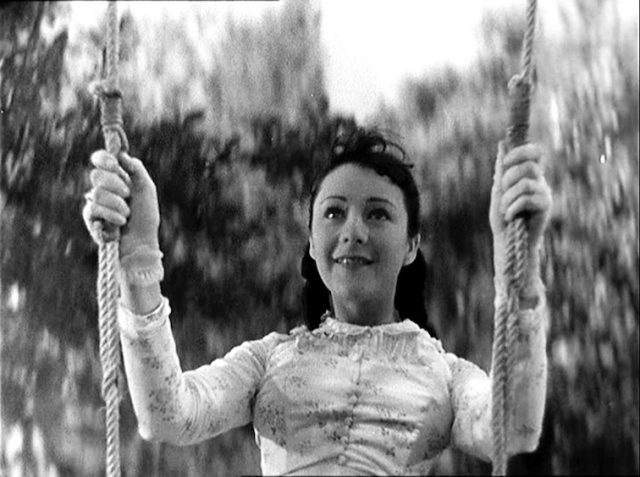
The brio of the camera movement in Justin de Marseille (Maurice Tourneur, 1935). [earlier in the year there was a trailer online for Pathé’s restoration, but I can’t currently find it].
Suzy Delair’s Mila Malou twitching her nose at fiancé Inspector Wenceslas Wens (Pierre Fresnay) when she gatecrashes his undercover operation in L’assassin habite au 21 (Henri-Georges Clouzot, 1943).
Jean Gabin being doomed in pretty much everything.
Starting to recognise the names of actors I hadn’t encountered before this year and then them popping up everywhere (e.g. Pierre Larquey and Noël Roquevert).
Anything Louis Jouvet was involved in.
The panic of the misplaced lottery ticket in Antoine et Antoinette.
Christo Grozev (of Bellingcat) and Alexei Navlany unexpectedly managing to get the latter’s attempted assassins talking on the phone in Navalny (Daniel Roher, 2022).
The “fanny pack” fight scene in Everything Everywhere All At Once.
Michelle Yeoh throughout Everything Everywhere All At Once.
Daniel Craig as Benoit Blanc (again).
2023: I’m going to continue my exploration of French cinema, fill in a few gaps from Sight and Sound‘s once-a-decade poll (namely Japanese cinema, of which I have seen very little), and aim for forty films – with something watched every month! I may post about what I’ve watched at intervals during the year, but I’m not making that a concrete aim.
Reading:

As usual, I only include books that I’ve finished and read properly (skim reads don’t count). I read fewer than in 2021 but still had a consistent pattern of reading throughout the year, which is what I’m trying to maintain. Although I finally got to le Carré’s The Honourable Schoolboy (which is excellent), I read less fiction than normal this year and unusually the balance is tilted towards non-fiction (around 57% according to my quick count just now, although it feels more than that). There were several non-fiction titles I should have stopped reading (but there were also others – not shown above – that I decided weren’t worth my time after a few chapters). I also read fewer translated works, so I’d like to put more effort into that this year. I’ve got quite a few novels lying around that I was looking forward to reading but then haven’t felt in quite the right head space for.
My top five:

- The Anatomy of a Moment – Javier Cercas. An extrapolation (combining factual research and imagination, in an iterative process) from a singular moment in Spain’s history. During the attempted coup d’etat in February 1981, only three members of Congress did not dive for cover when the golpistas opened fire: outgoing Prime Minister, Adolfo Suárez; his deputy, General Gutiérrez Mellado; and Santiago Carrillo, leader of the newly-legalised Communist party. Cercas considers what brought them to their behaviour in that moment and what that moment subsequently signified for them (and the country) in the aftermath. Una obra maestra.
- The Honourable Schoolboy – John le Carré. The heft of this book had put me off reading it for quite some time despite it being comparable in size to Tinker, Tailor.. but it is an enthralling read of derring-do, subterfuge, and betrayal. I understand why it hasn’t been adapted as a film, but in this day and age surely someone could make a TV series out of it. I’ll be picking up the next of the Smiley books, Smiley’s People, at some point in 2023.
- The High House – Jessie Greengrass. Speculative fiction set in the very near future (no dates are mentioned but the world is recognisably ours a few steps further down the line) as climate change causes cataclysmic events in parts of the world where perceived safety (that doesn’t happen here, to people like us) has allowed complacency to take root. It continued to reverberate around my head for most of the year.
- Shifty’s Boys – Chris Offutt. A sequel to The Killing Hills (which was in my top 10 last year). Offutt manages to convey a landscape (the rural setting is as much a player in what goes on as any of the characters) and an array of characters who seem lived-in and true.
- Lanny – Max Porter. A singular voice, an often disturbing read, and a piece of writing that has stayed with me. I’m not sure I’d classify it as ‘enjoyable’ (I had to steel myself to continue) but it’s certainly original. I think of it frequently when certain types of news story appear or when I notice that a landscape has changed when I’ve not been paying attention.
Honourable mentions (A-Z): All the Men I Never Married – Kim Moore, Beginners: The joy and transformative power of lifelong learning – Tom Vanderbilt, Death and the Penguin – Andrey Kurkov, The City – Stav Oleg [cinematic poetry], The Curious Gardener – Anna Pavord, The Stasi Poetry Circle – Phillip Oltermann, The Tiger in the Smoke – Margery Allingham.
2023: Keep reading, put more effort into seeking out translated voices, read more fiction, and stop buying so many books before reading the ones I’ve already got!
As ever, wishing you health and happiness in 2023!
IberoDocs 2022: 6th-17th April
IberoDocs’ 9th edition will take place 6th-10th April for in-person events (in Edinburgh and Glasgow) and 11th-17th online, with seven feature documentaries and a shorts programme. Their opening film will be Neus Ballús’s Sis dies corrents / The Odd Job Men – which is on my want-to-see list, although I’ll have to wait as it’s one of two films that aren’t included in the online programme.
The theme connecting the chosen Spanish, Portuguese, and Latin American films is ‘territory, belonging, and migration’. You can find further details of the films in the programme/schedule, which can be downloaded here. The prices for the online presentation are either £10 for a single film, or £20 for a full pass.
My 2021: A dormant year

This is going to be one of those posts with little content related to films.
Recently I have often found the question of whether an event occurred in 2020 or 2021 strangely difficult to answer; the pandemic has caused a limbo-like sense of time not really passing, in conjunction with the repetitive series of events (in the UK anyway – the Govt being extremely resistant to learning from past mistakes) creating a strong feeling of déjà vu. This in turn has contributed to my sense of 2021 being a real trudge to get through. Although I both recognised and identified with aspects of Adam Grant’s much-circulated article about languishing (“Languishing is a sense of stagnation and emptiness. It feels as if you’re muddling through your days, looking at your life through a foggy windshield.”), I also liked Austin Kleon’s counter-response:
I’m not languishing, I’m dormant.
Like a plant. Or a volcano.
I am waiting to be activated.
That chimes with my favourite book from last year – Katherine May’s Wintering – and what it says about needing to accept that time is cyclical and passes in seasons; we can’t thrive or flourish all of the time. So I’m declaring this a dormant year for myself and am trying to look at it in terms of what I did achieve rather than what I didn’t.
